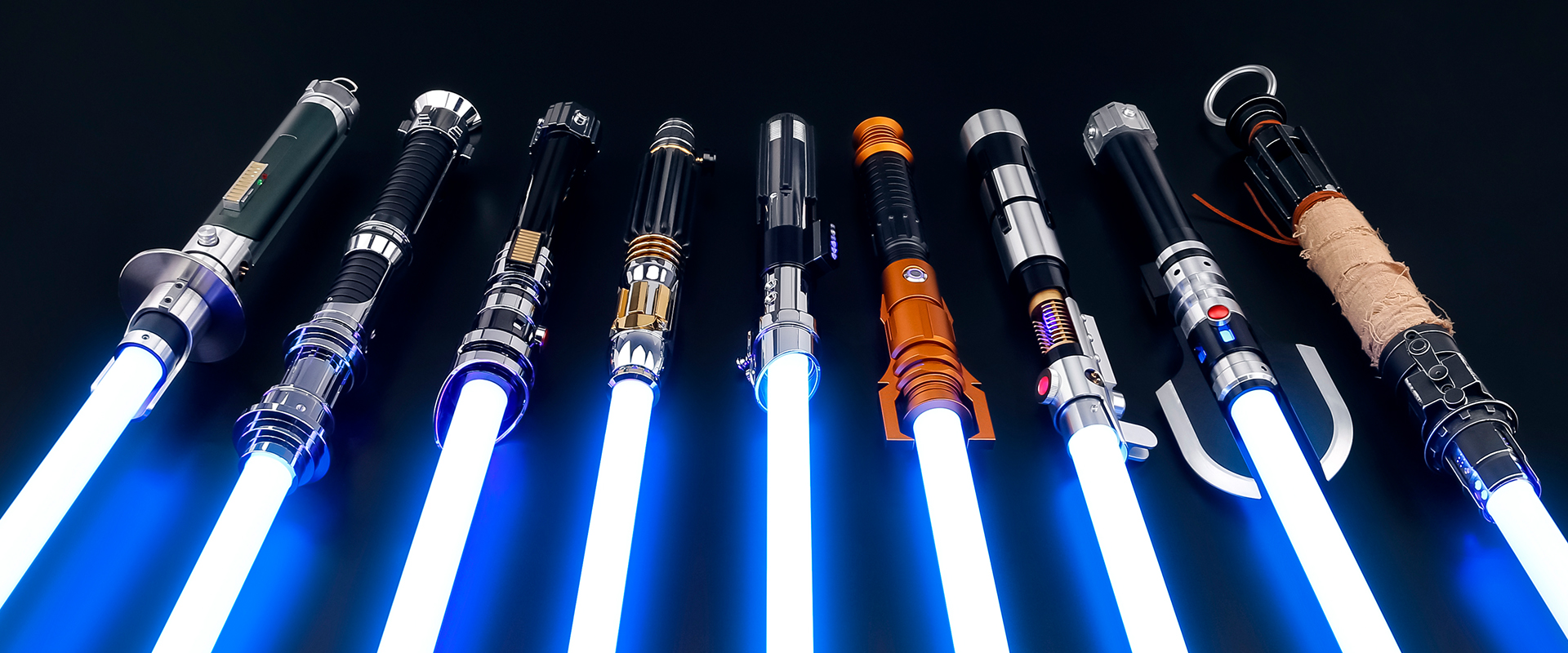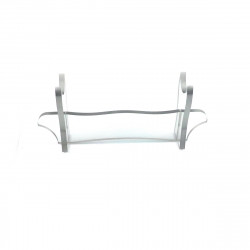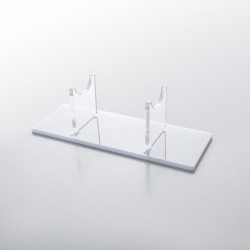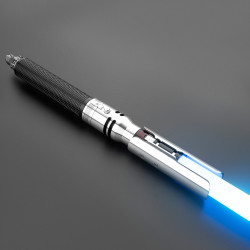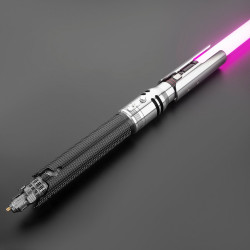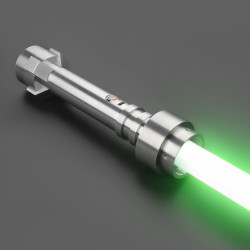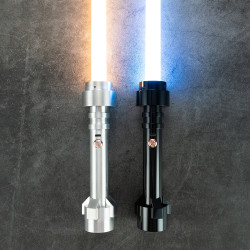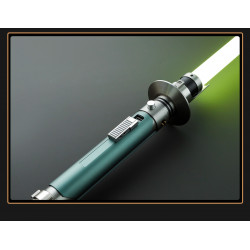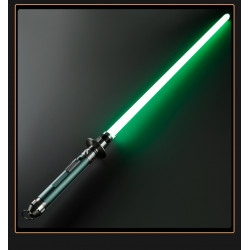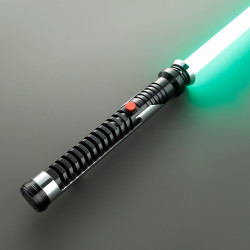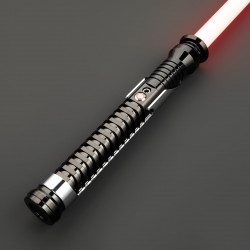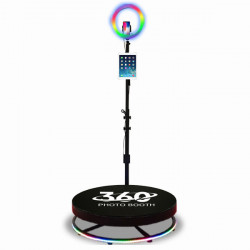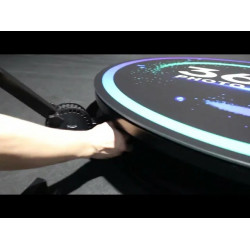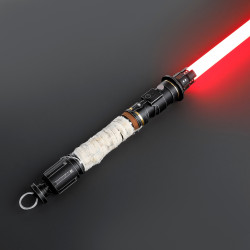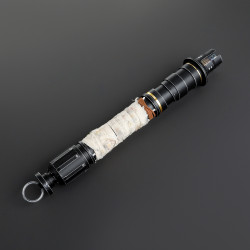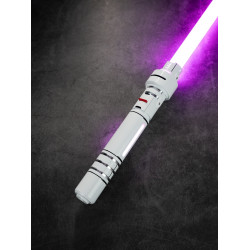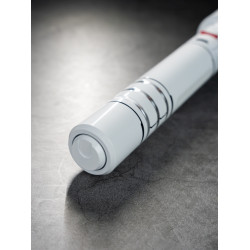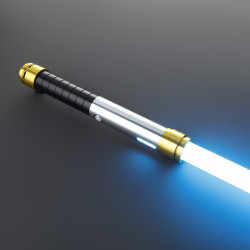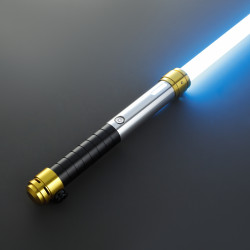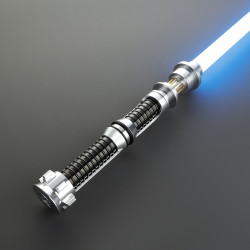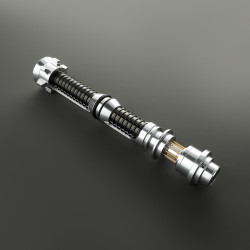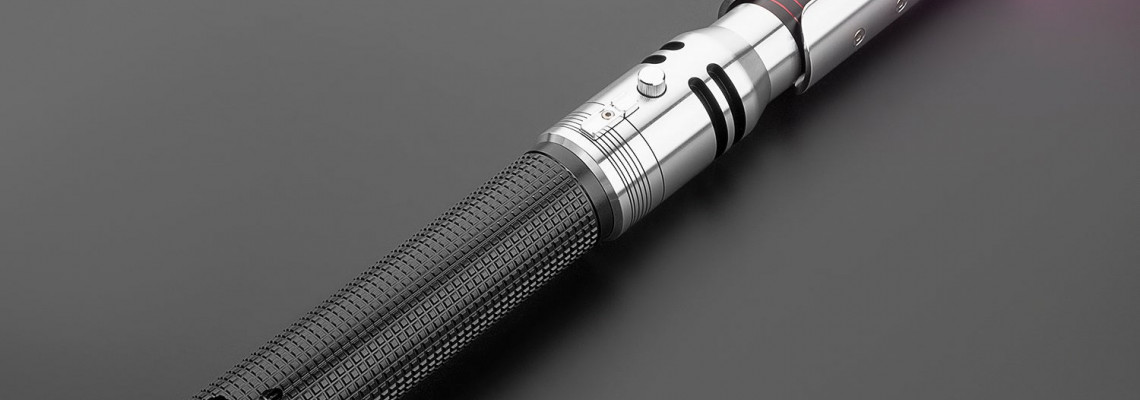
All-Star Wars Lightsaber Forms Explained
As longtime Star Wars fans, we genuinely enjoy the fighting methods of all the Jedi knights.
Each Jedi chooses the lightsaber combat style that best suits their needs out of the roughly seven available.
Nonetheless, they typically adopt the approach that works best for the circumstance.
Jedi are famed for their amicable dealings and avoidance of conflict, but this doesn’t imply they don’t know how to use lightsabers.
Some techniques become obsolete when lightsaber fighting tactics change.
Nonetheless, they are all renowned for their historical and practical significance.
What are they, then?
- Form I: Shii-Cho - An essential move that every youngling knows.
- Form II: Makashi - Practiced by Count Dooku, known as Contention Form.
- Form III: Soresu - Practiced by Obi-Wan, known as Resilience Form.
- Form IV: Ataru - Practiced by Yoda, and Known as Aggression Form.
- Form V: Shien & Djem So. - Practiced by Anakin Skywalker.
- Form VI: Nirman - Practiced by Darth Maul.
- Form VII: Juyo & Vaapad - The Juyo variation Vaapad. Created and Used by Mace Windu.
Form I: Shii-Cho
The original and most fundamental lightsaber style is Shii-Cho.
It functions similarly to the foundation you must master before learning additional styles. The form is excellent for novices because it is straightforward to understand.
Shii-Cho teaches you how to attack and protect from all sides and employs large, sweeping lightsaber maneuvers.
Form II: Makashi
Form II: The Jedi developed Makashi during the Old Republic to combat the Sith’s lightsaber technique.
It emphasizes precision and grace over strength and is designed for one-on-one combat.
Instead of brute Force, Makashi users focus on preventing and redirecting assaults.
The most well-known Makashi user in Jedi history is Count Dooku.
He was renowned for mastering this technique and using a lightsaber with a curved handle, allowing him to perform intricate and fluid techniques that a straight blade couldn’t.
Form III: Soresu
Form III: The Way of the Mynock, or Soresu. The Jedi created it as one of the defensive lightsaber combat forms.
While they wait for the ideal opportunity to launch a counterattack, the warriors must deflect blaster rounds and lightsaber attacks.
Soresu does well against numerous foes as well as one-on-one. It would help if you had discipline, patience, and a firm knowledge of the Force to become proficient in this approach.
Form IV: Ataru
The Jedi invented the Form IV Ataru, a lightsaber style from Shili. It’s all about quick, energetic movements, including spins and leaps.
The style lets the user move, evade, and strike more swiftly.
Because of his extreme aggression, Ataru excels in attacking and surprising opponents.
Form V: Shien & Djem So.
Form V: Djem/Shien Thus, it blends offensive and defensive tactics.
Its main goal is to stop your opponent’s strikes. Additionally, they create an opportunity to retaliate by using their movements.
The goal is to maintain control of the battle while effectively using your energy.
Form VI: Nirman
Form VI: The Niman lightsaber style emphasizes adaptability and versatility in various combat scenarios.
It incorporates aspects of several other genres, including Ataru, Shii-Cho, Makashi, and Soresu. Niman strikes a balance between defence and attack.
It’s comparable to a “jack-of-all-trades” type, competent in various fields but lacking in specialization.
Form VII: Juyo & Vaapad
Jedi and Sith wield seven different sabre forms, including Juyo/Vaapad. Other names for it include “The Ferocity Form” and “Way of the Vornskr.”
Form VII has two branches: Vaapad and Juyo. Vaapad is said to be more refined and in control, whereas Juyo is thought to be more aggressive.
Form VII is renowned for its quick and erratic movements. As a result, opponents need help to predict what will happen next.
It requires great mental and physical talent, endurance, and strength and is incredibly challenging to perfect.
